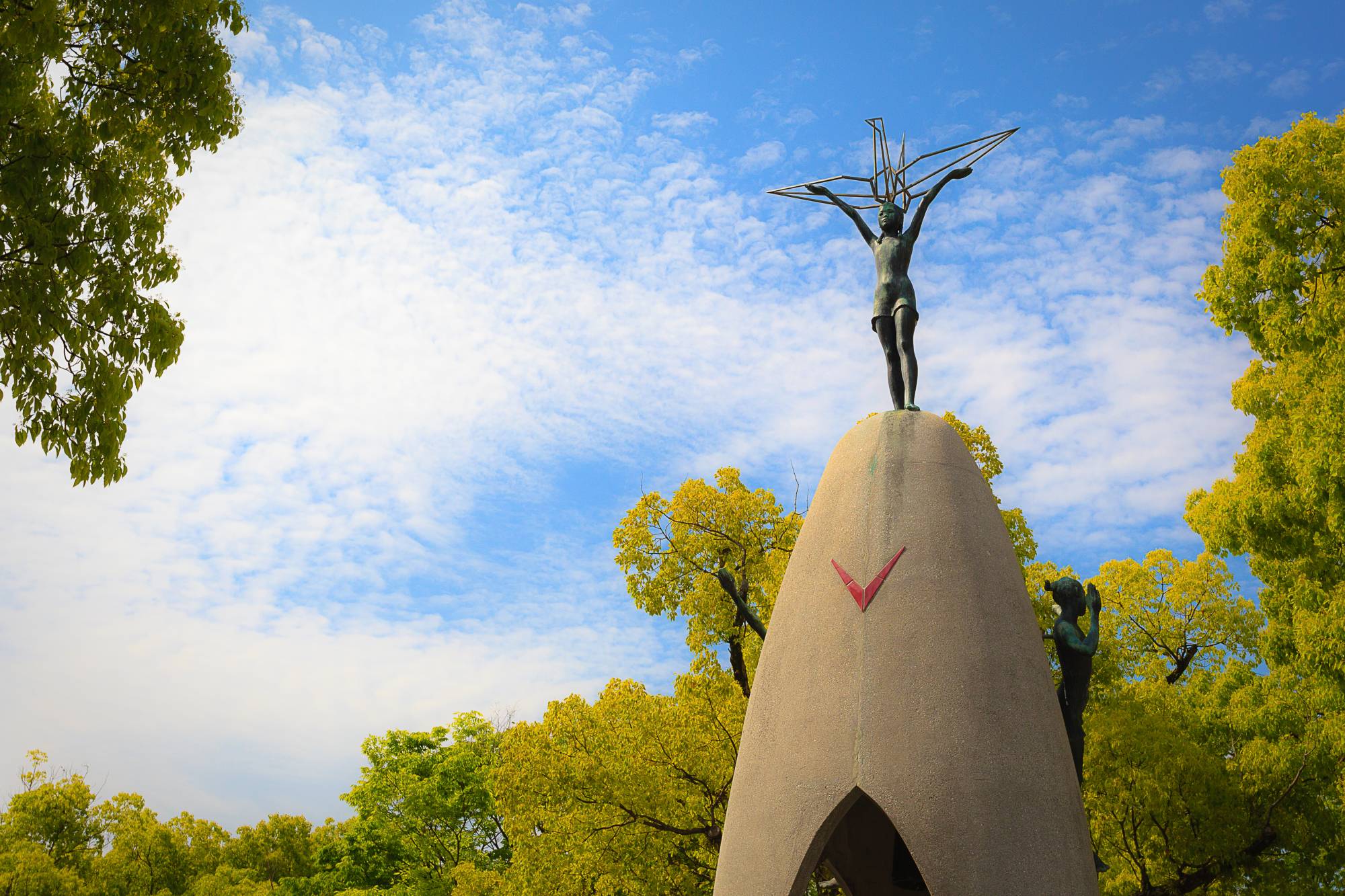Nothing makes for a sales hook like an anniversary. And as this year marks 75 years since the dropping of the atomic bombs on Hiroshima and Nagasaki, the English books market responded with nearly a dozen histories, treatises, explorations and poetic renditions of the atomic bombings in 2020.
What we read about such monumental historical events define and redefine our understanding of the world. Consider two major recent accounts: conservative television host’s Bill O’Reilly’s “Killing the Rising Sun: How American Vanquished World War II,” (2016) and historian Paul Ham’s “Hiroshima Nagasaki: The Real Story of the Atomic Bombings and Their Aftermath” (2010).
The first follows American soldiers, generals and scientists as they develop the atomic bomb; the second tells the stories of 80 Japanese survivors. The first casts Americans as the heroes and Emperor Hirohito as the villain; the second argues that the bombings had little impact on the eventual outcome of World War II. Fittingly, O’Reilly’s book features Douglas MacArthur and Harry Truman in front of the iconic mushroom cloud on the cover; Ham’s features a Shinto torii gate standing in the aftermath.



